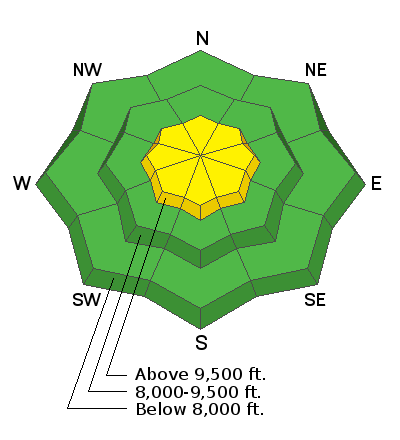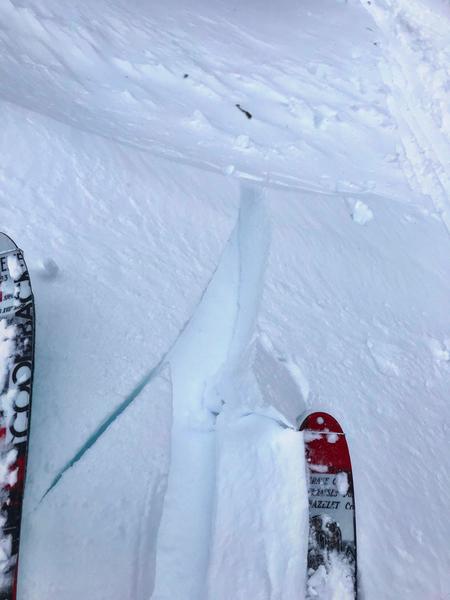Forecast for the Salt Lake Area Mountains

Issued by Evelyn Lees on
Friday morning, February 22, 2019
Friday morning, February 22, 2019
A MODERATE AVALANCHE DANGER exists at upper elevations for triggering a soft slab of wind drifted snow or a loose snow sluff. Avoid travel on and below the huge cornices. At mid and low elevations the danger is LOW, though there are scattered wind drifts to be avoided.
There is a very isolated chance a person, cornice or smaller slide could trigger a slide breaking on facets near the ground, in thinner snowpack areas or slopes that have previously slide this winter.

Low
Moderate
Considerable
High
Extreme
Learn how to read the forecast here










